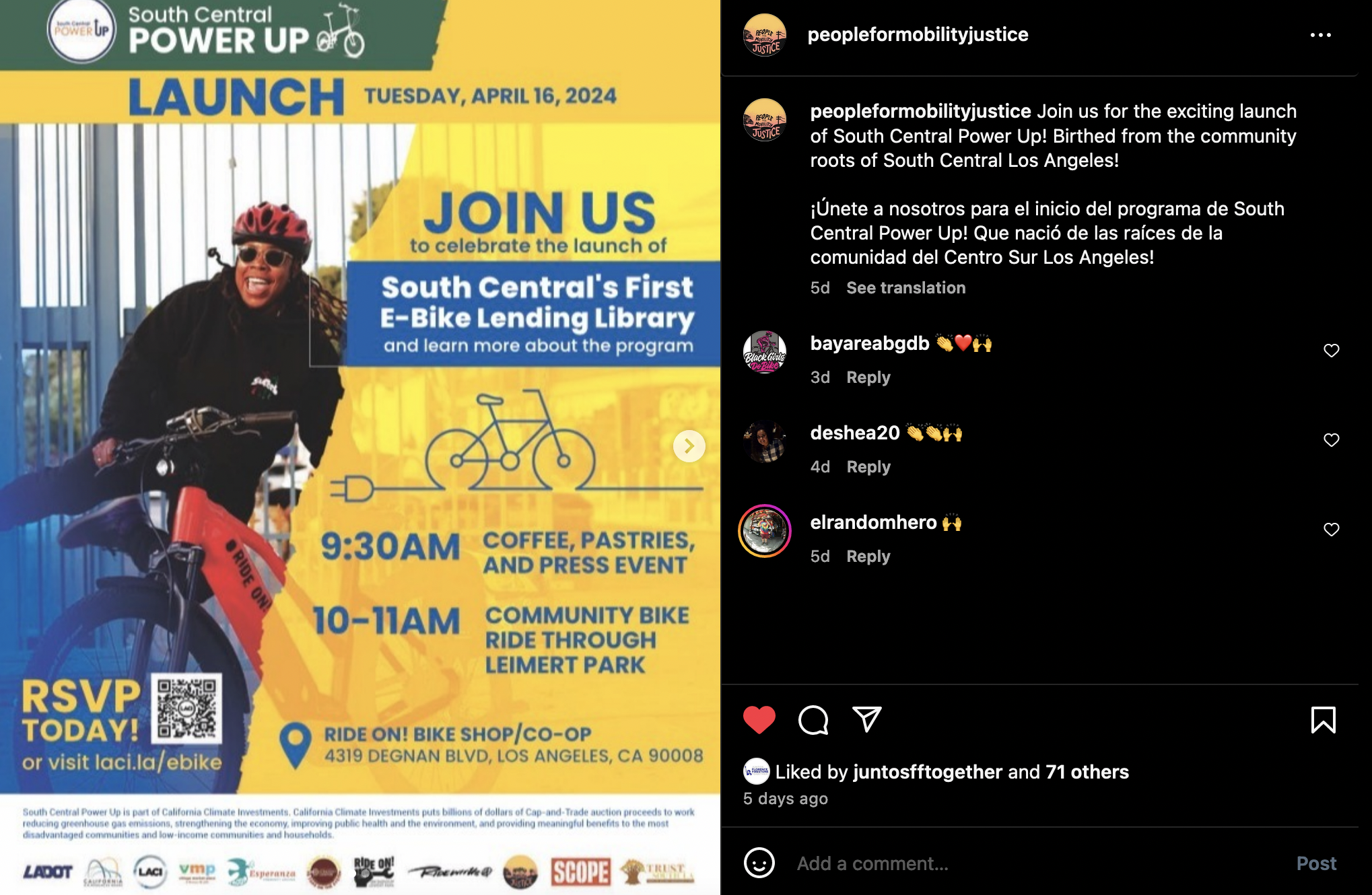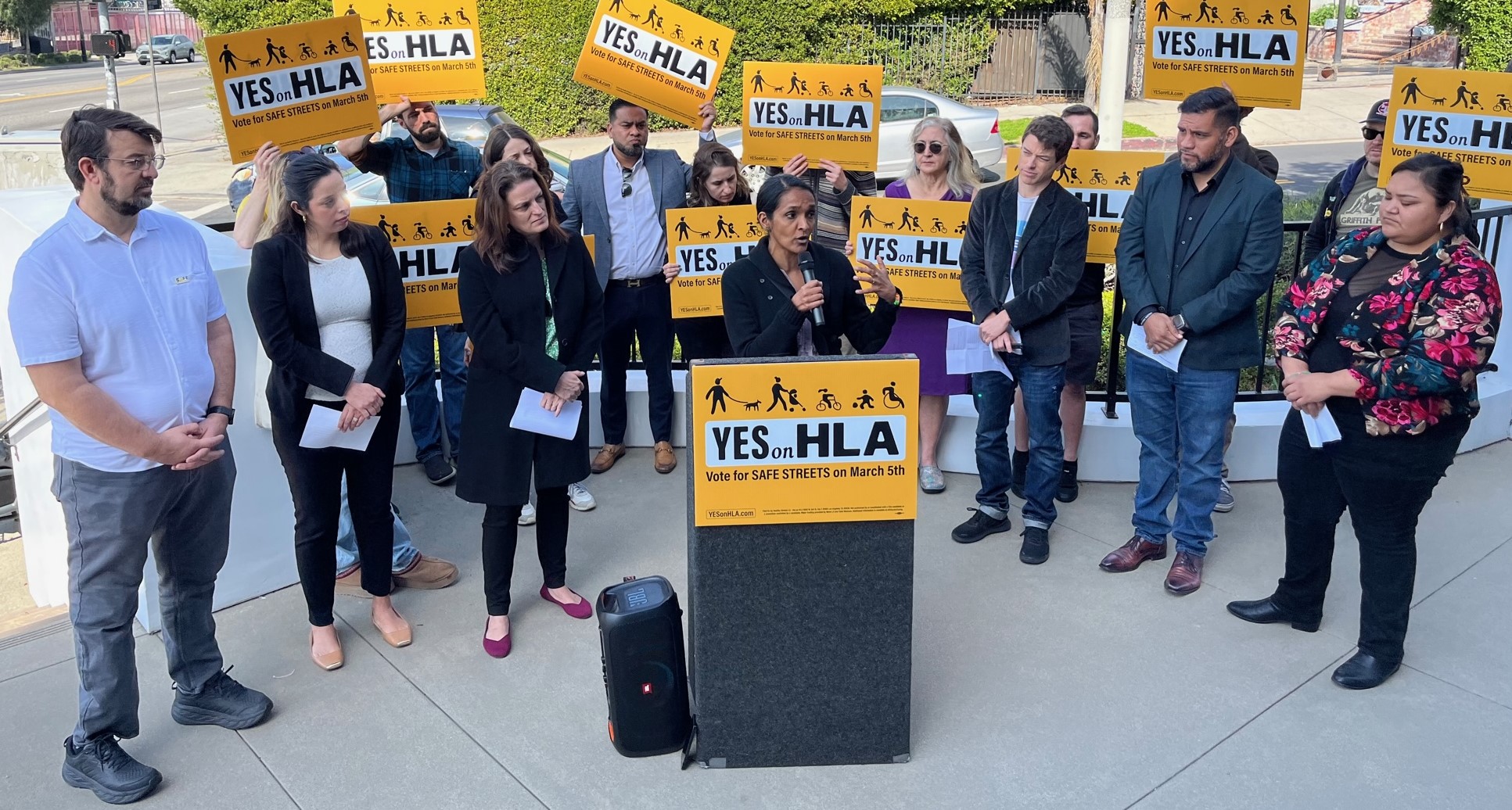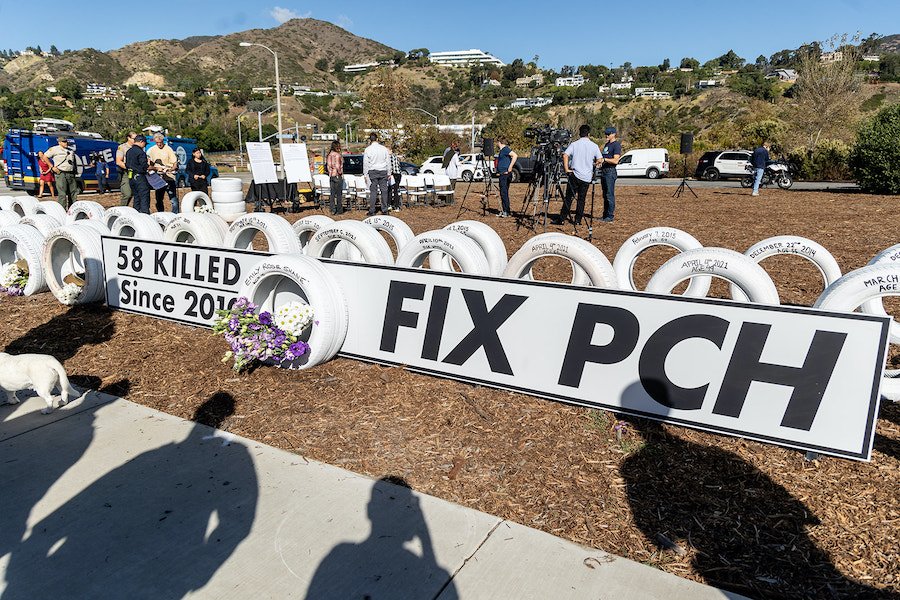 These were the place mats awaiting guests at yesterday's conference. Nice work Transit Coalition - DN
These were the place mats awaiting guests at yesterday's conference. Nice work Transit Coalition - DN(Since leaving the LA Weekly, where she did everything from review bands to serve as transportation writer, Gloria Ohland has been heavily involved in the transit reform scene. Most recently she worked with the T.O.D. advocacy group Reconnecting America. You'll be seeing more of her writing here in the very near future...DN)
Let’s be clear: The “30-10” transit plan to build nine new
rail and three new bus rapid transit lines over a decade is a really big deal.
That infusion of investment ($18 billion for transit capital out of a total $30
billion for capital and operations) and jobs (166,000) could jolt LA County at
least part-way out of the recession. But even more importantly, the coalition
that has come together in support of 30-10 – business, labor, enviros, elected
officials, Metro board members – is also a big deal. Some say it’s the first
time the L.A. County Congressional delegation has ever united in support of
something.
And if the Move LA coalition can mobilize this “30-10” transportation
and economic development game-changer what’s to stop the coalition from going
even further?
I refer you to this map that was passed out at Denny Zane’s
Move LA confab on Thursday at the downtown Cathedral, which was attended by
some 300 people including everyone from Mayor Villaraigosa to California
Assembly Transportation Committee Chair Bonnie Lowenthal. Not all the new lines
on this map are funded by Measure R. But those that aren’t are either under
construction or under serious consideration. Add to that the bike lanes and
pedestrian infrastructure that could be funded by the $6 billion of Measure R
funding that’s allocated for Local Return to cities. This represents a massive
investment in non-auto infrastructure. Suddenly LA looks a lot like a transit
metropolis.
But there’s more: Because of SB 375 most cities in LA County
will be seriously considering “going vertical” around new rail stations to
reduce VMT and GHG emissions. Former Urban Partners developer Dan Rosenfeld,
now deputy to Supervisor Mark Ridley Thomas, told the audience he thinks projects
near stations should be able to move ahead “by right” if they’re green, have an
affordable component, and no more than one parking space per unit. He suggested
a height limit of 200 feet in neighborhoods along Wilshire, for example, and 80
feet in neighborhoods like downtown Pasadena – the same as the Moule and
Polyzoides designed Del Mar Station that Rosenfeld developed.
Admittedly,
30-10 is not the perfect plan. For example, it’s
expediting $10 billion for highway projects. And never mind whether you
believe
LA Metro will actually be able to do a good job of concurrently
managing 12 new
transit projects, or that we’ll be able to find the money to operate
them. “It’s
a little like mounting a mission to the moon and invading Europe at the
same
time,” Richard Little, director of USCs Keston Institute for Public
Finance and
Infrastructure Policy, told the audience. And it’s true that the
political coalition supporting 30-10 is a little fragile, as was noted
by Inglewood Councilmember Danny
Tabor as well as other elected officials who won’t see rail lines
getting built
anywhere near their cities.
But meetings in Washington DC have intensified and the next
60-90 days are considered critical; something needs to happen before Congress
adjourns for the summer. Senator Barbara Boxer, considered politically
vulnerable in Southern California, is working hard to get LA the money – maybe
with a bridge loan or a loan guarantee that could help leverage funding from
the private sector.
The federal government appears sympathetic. And why not?
L.A. County is the only place where residents have voted to tax themselves
three times in order to build a transit system; in L.A. County we now pay 1.5
cents of the sales tax to transit. No other region in the U.S. has come to the
federal government and been so bold as to ask for a $9 billion loan for transit
and offered to pay it back. That is
exactly the kind of behavior that the Obama Administration should be encouraging.
Thirty-five speakers representing the Move LA coalition were
arrayed across the large room facing each other in two large half-circles,
brainstorming about ways to fund the infrastructure that the U.S. so badly
needs to stay competitive with countries like China, for example, which is
building 46 high-speed rail lines. There were conversations about investing
pension fund money from CalPERS, CalSTERS and SEIU. And allowing transportation
commissions to add a $30 “congestion fee” to the cost of a car license;
multiply that by the 7 million cars in LA County and it could raise $200
million a year to pay for transit operations. And by reducing parking
requirements for developers who buy lifetime transit passes for their renters
or buyers – providing Metro with a steady stream of money for operations as
well as riders.
“Imagine how many votes we would have gotten for Measure R
if voters knew that we’d build all the rail lines in 10 years,” said Zane, who
moderated the day-long discussion. “If we also lowered the votes required to
pass local sales tax measures from 67 percent to 55 percent it would be a new
day for transportation in California.”
The
gathering also provided Mayor Antonio Villaraigosa with an opportunity
to be triumphant. "People laughed at me when I said Los Angeles would
become the cleanest,
greenest U.S. city. But we could attain that goal if we go vertical and
build
transit villages around all the new stations,” said the Mayor. "I told
President Obama that it's important that we build these new transit
lines during his administration."
Stay in touch
Sign up for our free newsletter
More from Streetsblog Los Angeles
This Week In Livable Streets
CicLAvia returns to Venice Boulevard, Metro board committees, L.A. City Council Transportation Committee, Metro budget theater, and more
Measure HLA Is Now Officially Law for L.A. City
Check the city maps to find what bus, bike, and walk improvements are coming to streets in your neighborhood




